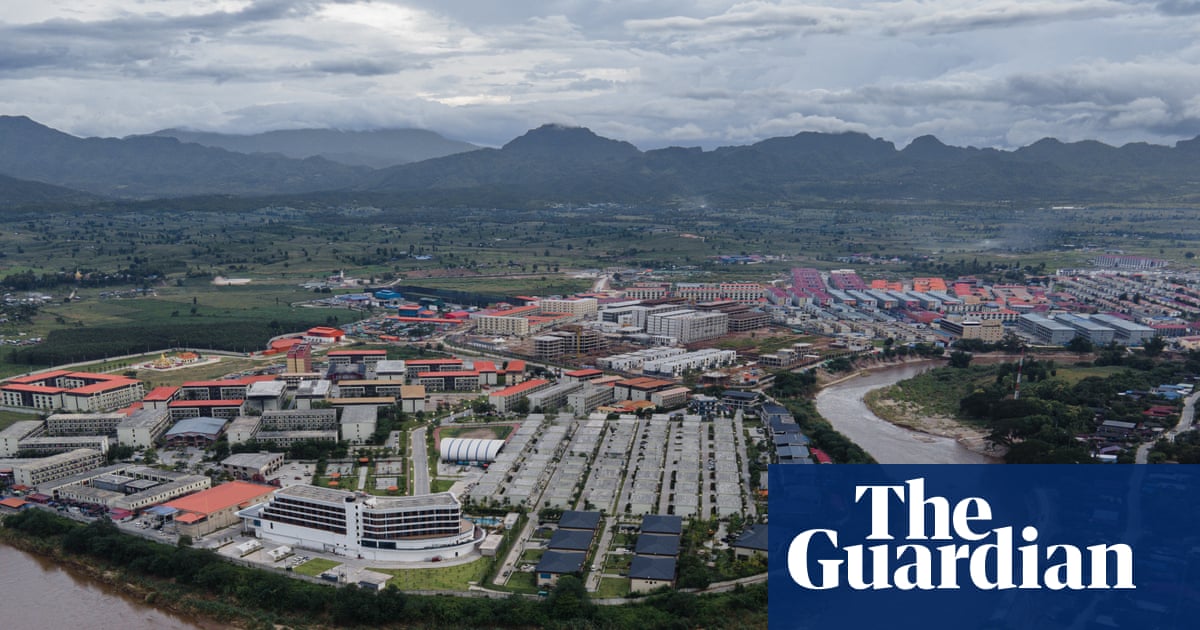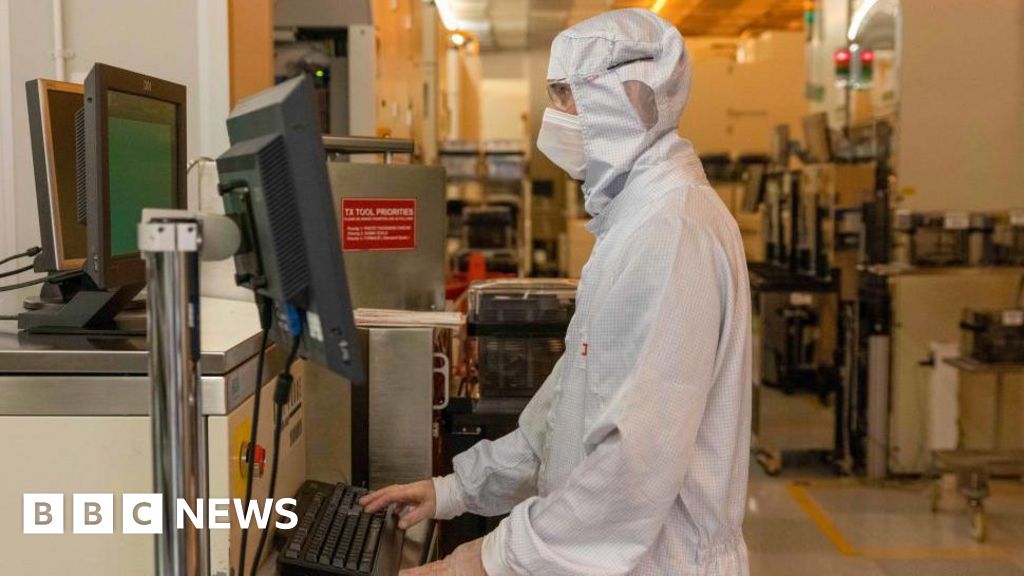Unbelievable Breakthrough: This Tiny Molecule Could Revolutionize Cancer Treatment!

What if I told you there’s a tiny molecule that could change the game for cancer treatment where traditional drugs often fail? Meet the nanobody, a miraculous little creation that researchers at the University of Hawaiʻi at Mānoa have been perfecting for nearly a decade.
Stefan Moisyadi, a trailblazing scientist at the Yanagimachi Institute for Biogenesis Research, is leading the charge. While antibodies have been lauded with Nobel Prizes for their role in immunotherapy, Moisyadi highlights a crucial limitation: they don’t work for every type of cancer, particularly colorectal cancer, where they’re nearly ineffective. But what happened when they turned to nanobodies? The results were nothing short of miraculous. “Bingo, it worked!” he exclaimed.
This revolutionary study, recently published in eGastroenterology, unveils how Moisyadi and his dedicated team from JABSOM, the UH Cancer Center, and the College of Tropical Agriculture and Human Resilience harnessed the power of mRNA (messenger ribonucleic acid) to direct the body to produce these powerful nanobodies. They specifically target and block PD-L1, a molecule that allows tumors to evade detection by the immune system. By obstructing PD-L1, these nanobodies enable immune cells to recognize and obliterate cancer cells.
But what makes these nanobodies so remarkable? For starters, they are about one-tenth the size of traditional antibodies, making them cheaper to produce and more resilient under stressful conditions. “They don’t trigger an immune response in the patient,” Moisyadi noted, emphasizing their superiority. They’re small enough to penetrate the tumor effectively and can even refold to their original shape when conditions improve, making them incredibly versatile.
Imagine this: while conventional antibody treatments can burden patients with expenses soaring over $200,000 a year, this innovative nanobody therapy—delivered via mRNA, much like the COVID-19 vaccines—has the potential to be a fraction of that cost. “People can’t afford antibody treatments,” Moisyadi pointed out. “Here we make an RNA version. The patient’s own cells turn it into a protein that travels through the bloodstream, locates the tumor, and blocks PD-L1.”
In their promising mouse studies, the nanobody treatment dramatically reduced tumor growth by around 50%. This is a groundbreaking outcome for a type of cancer that typically shows little response to immunotherapy. Now, collaborating with the University of Maryland, Baltimore County, Moisyadi's team is optimistic about the potential for this breakthrough to flourish from its roots in Hawaii. “This works,” he asserted. “We have the chance to be on the cutting edge. We need leaders’ buy-in because everyone is still focused on antibodies.”


























